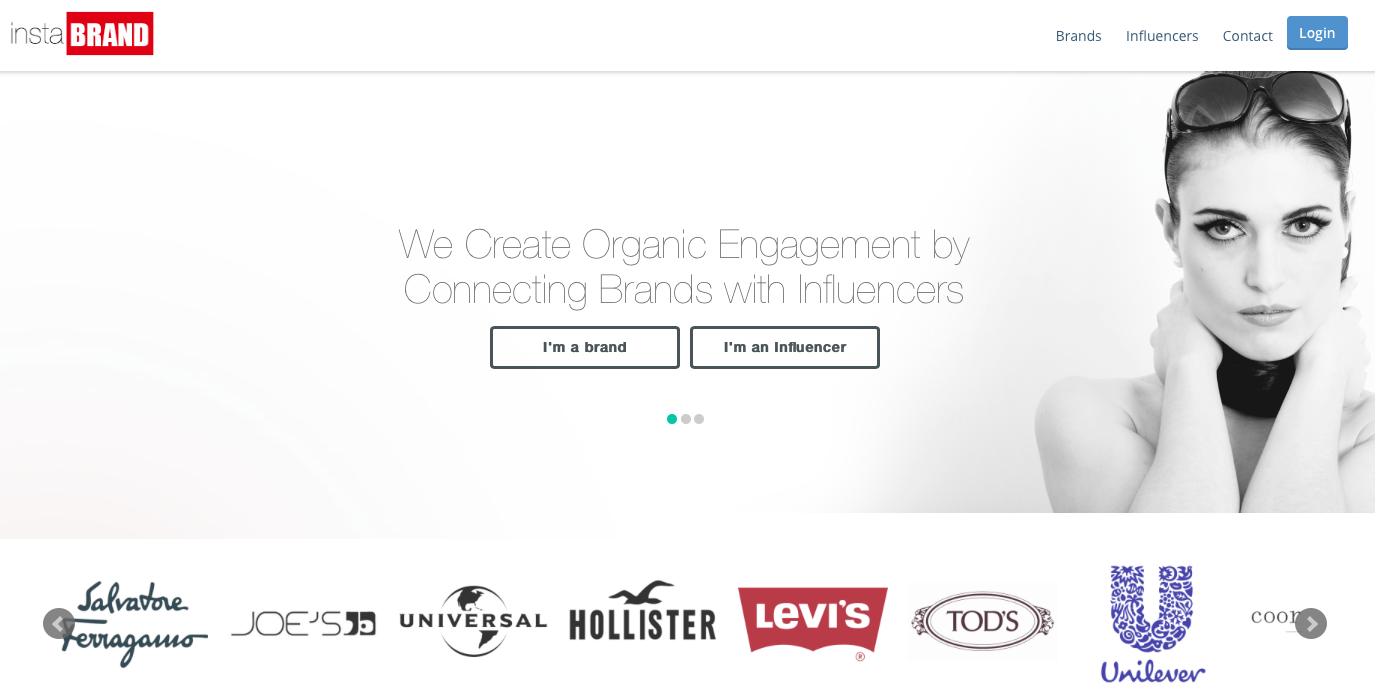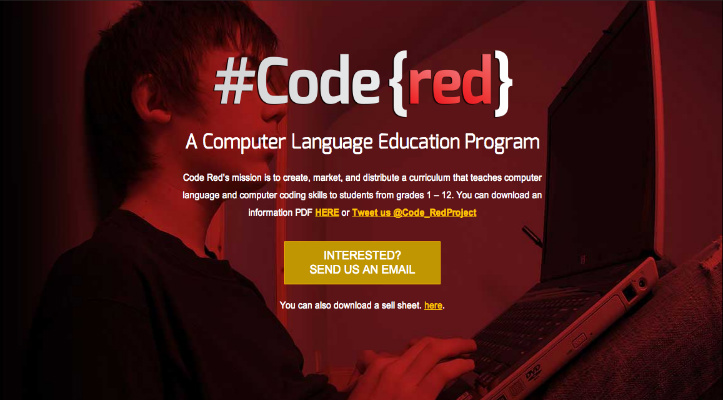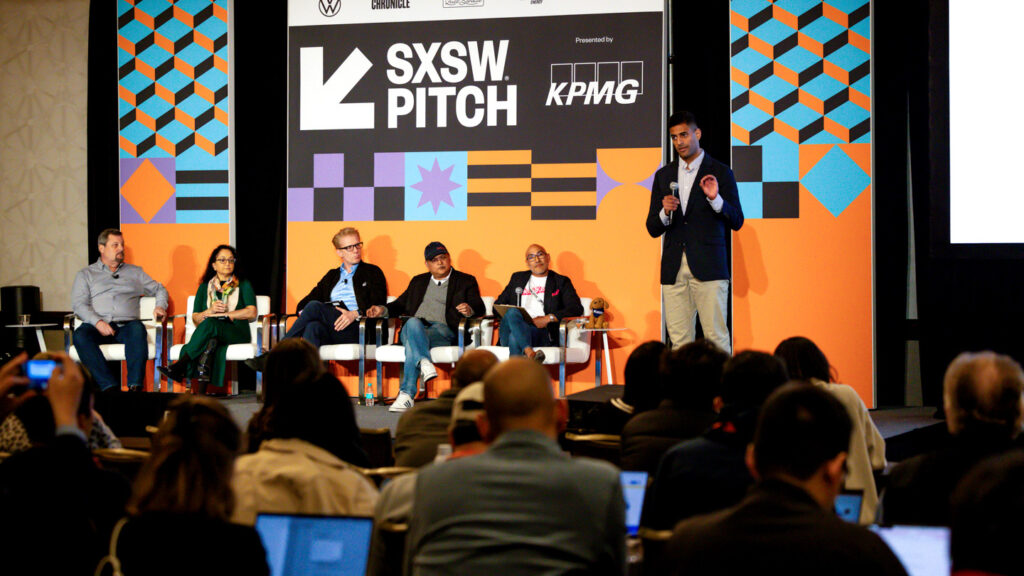 While Eric Dahan, now CEO of Instabrand, was working on another project and finishing college, his brother Alex was busy promoting a new denim line. What Alex learned somewhat accidentally is now the beginning of an incredible startup story that involves social media, product endorsement, and a new kind of celebrity, or influencer. Here’s how it all began… “He was one of the first people on Instagram, and he had a few friends who had 20-50,000 followers,” said Eric Dahan regarding his brother Alex. “He stumbled upon this form of marketing. [He] gave a pair of jeans to his friends, they post a picture, and [he’d] get 500-1,000 more followers.” While this is not exactly new to the marketing world as brands have been doing a similar type of marketing with bloggers for quite some time, the effectiveness and reach, and of course the platform, was quite an intriguing idea. He tried the same approach as his brother with an app of his, asking “Instagram Celebrities” to do a post, and sure enough, they’d see downloads the next day. “It was working, and we were pretty happy. It was our secret,” said Dahan.
While Eric Dahan, now CEO of Instabrand, was working on another project and finishing college, his brother Alex was busy promoting a new denim line. What Alex learned somewhat accidentally is now the beginning of an incredible startup story that involves social media, product endorsement, and a new kind of celebrity, or influencer. Here’s how it all began… “He was one of the first people on Instagram, and he had a few friends who had 20-50,000 followers,” said Eric Dahan regarding his brother Alex. “He stumbled upon this form of marketing. [He] gave a pair of jeans to his friends, they post a picture, and [he’d] get 500-1,000 more followers.” While this is not exactly new to the marketing world as brands have been doing a similar type of marketing with bloggers for quite some time, the effectiveness and reach, and of course the platform, was quite an intriguing idea. He tried the same approach as his brother with an app of his, asking “Instagram Celebrities” to do a post, and sure enough, they’d see downloads the next day. “It was working, and we were pretty happy. It was our secret,” said Dahan.  However, that secret didn’t last long. Dahan has a background in fashion, and soon they were being asked by people in the industry to help them. “From there, we formed a company with one of my best friends,” said Dahan. “We started getting proof of concept, spent time educating on why it had so much value, and in December the entire market just sort of woke up and realized that Instagram is a thing.” The market “woke up” as Dahan described for good reason, too. According to the PEW Research and Internet Project, Instagram users are nearly as likely as Facebook users to check in to the site on a daily basis, which is an especially high level of user engagement. What Instabrand does is it connects brands with influencers in an easy and efficient way. “It’s simply standardized, which allows for effective communication and removes ambiguity,” said Dahan on its service. From reaching influencers to organizing the post to confirming and tracking the data, that’s all handled through Instabrand, which makes it a dream for marketers to use. “It’s not so much a new concept, it’s just a new take on the traditional model. That’s where the disruption is,” he explained. “We scaled it and had it standardized and organized where you can launch 100 activations in the span of a week, efficiently, easily and in a very organized fashion. We can do that because of our process and technology.” On the other side, it’s also a great way for “influencers” to receive monetization and product for sharing sponsored content with their followers. (Influencers can get in touch on their website using a contact form.) Of course, that’s only if the influencer and the brand are a good fit. Dahan was adamant that the campaigns they run have to be a good match for both parties. “For example, we ran a campaign recently with Levi. They sent influencers shorts, and they posted about it,” he said. “One of the keys to success, we match influencers with brands they truly love. If the brand is not a good match, it hurts the influencer. And, this keeps it more organic.” Dahan explained this relationship further, stating, “It’s a platform around the idea of discovery and exploration, and it’s allowed people to do what they love, generate the content that they love, and go direct to consumers so to speak, based solely on merit of their content.” As for how it works… The influencer who is selected by the brand receives both monetary compensation and products most of the time. The more “influence” a person has, and more in-demand they are from other brands, the more they can make. They do follow FCC Guidelines when it comes to posting sponsored content. Influencers’ posts must contain language that showcases the relationship they have with the brand.
However, that secret didn’t last long. Dahan has a background in fashion, and soon they were being asked by people in the industry to help them. “From there, we formed a company with one of my best friends,” said Dahan. “We started getting proof of concept, spent time educating on why it had so much value, and in December the entire market just sort of woke up and realized that Instagram is a thing.” The market “woke up” as Dahan described for good reason, too. According to the PEW Research and Internet Project, Instagram users are nearly as likely as Facebook users to check in to the site on a daily basis, which is an especially high level of user engagement. What Instabrand does is it connects brands with influencers in an easy and efficient way. “It’s simply standardized, which allows for effective communication and removes ambiguity,” said Dahan on its service. From reaching influencers to organizing the post to confirming and tracking the data, that’s all handled through Instabrand, which makes it a dream for marketers to use. “It’s not so much a new concept, it’s just a new take on the traditional model. That’s where the disruption is,” he explained. “We scaled it and had it standardized and organized where you can launch 100 activations in the span of a week, efficiently, easily and in a very organized fashion. We can do that because of our process and technology.” On the other side, it’s also a great way for “influencers” to receive monetization and product for sharing sponsored content with their followers. (Influencers can get in touch on their website using a contact form.) Of course, that’s only if the influencer and the brand are a good fit. Dahan was adamant that the campaigns they run have to be a good match for both parties. “For example, we ran a campaign recently with Levi. They sent influencers shorts, and they posted about it,” he said. “One of the keys to success, we match influencers with brands they truly love. If the brand is not a good match, it hurts the influencer. And, this keeps it more organic.” Dahan explained this relationship further, stating, “It’s a platform around the idea of discovery and exploration, and it’s allowed people to do what they love, generate the content that they love, and go direct to consumers so to speak, based solely on merit of their content.” As for how it works… The influencer who is selected by the brand receives both monetary compensation and products most of the time. The more “influence” a person has, and more in-demand they are from other brands, the more they can make. They do follow FCC Guidelines when it comes to posting sponsored content. Influencers’ posts must contain language that showcases the relationship they have with the brand.  “We have to include that it’s paid for or there is a relationship between the brand and influencer,” said Dahan. “Plus, these influencers are extremely picky of what they wear and what they do. A lot of the time, they’ll turn down brands because it’s not a match for them.” When it comes to how influencers are selected, Dahan said their level of involvement depends. “Some brands are very specific about what they want. The larger brands come to us and ask our recommendations,” said Dahan. “For us, we prefer doing recommendations. We understand all the players, and it’s very easy to create a successful campaign based on our knowledge.” While Instagram is not nearly the social giant that Facebook is, which 71% of online adults used in 2013 compared to Instagram’s 17%, it has a growing audience and its own group of influencers that could prove helpful to brands. A fact that is proving to be true, which is why you’ll see big names running campaigns through Instabrand, including Salvatore Ferragamo, Universal, Hollister, Levi’s and more. If you’re a marketer, take a closer look at Instagram and how you can leverage a startup like Instabrand to help you reach consumers. Instagram in general typically appeals to younger adults, urban dwellers, and non-whites, according to PEW. Is this your target demographic? How do you feel about leveraging this new non-celebrity “influencer” to further a brand or product?
“We have to include that it’s paid for or there is a relationship between the brand and influencer,” said Dahan. “Plus, these influencers are extremely picky of what they wear and what they do. A lot of the time, they’ll turn down brands because it’s not a match for them.” When it comes to how influencers are selected, Dahan said their level of involvement depends. “Some brands are very specific about what they want. The larger brands come to us and ask our recommendations,” said Dahan. “For us, we prefer doing recommendations. We understand all the players, and it’s very easy to create a successful campaign based on our knowledge.” While Instagram is not nearly the social giant that Facebook is, which 71% of online adults used in 2013 compared to Instagram’s 17%, it has a growing audience and its own group of influencers that could prove helpful to brands. A fact that is proving to be true, which is why you’ll see big names running campaigns through Instabrand, including Salvatore Ferragamo, Universal, Hollister, Levi’s and more. If you’re a marketer, take a closer look at Instagram and how you can leverage a startup like Instabrand to help you reach consumers. Instagram in general typically appeals to younger adults, urban dwellers, and non-whites, according to PEW. Is this your target demographic? How do you feel about leveraging this new non-celebrity “influencer” to further a brand or product?
From Instagram To Instabrand: Startup Helps Marketers Make Most Of Platform
By Techli
3 junio, 2014









